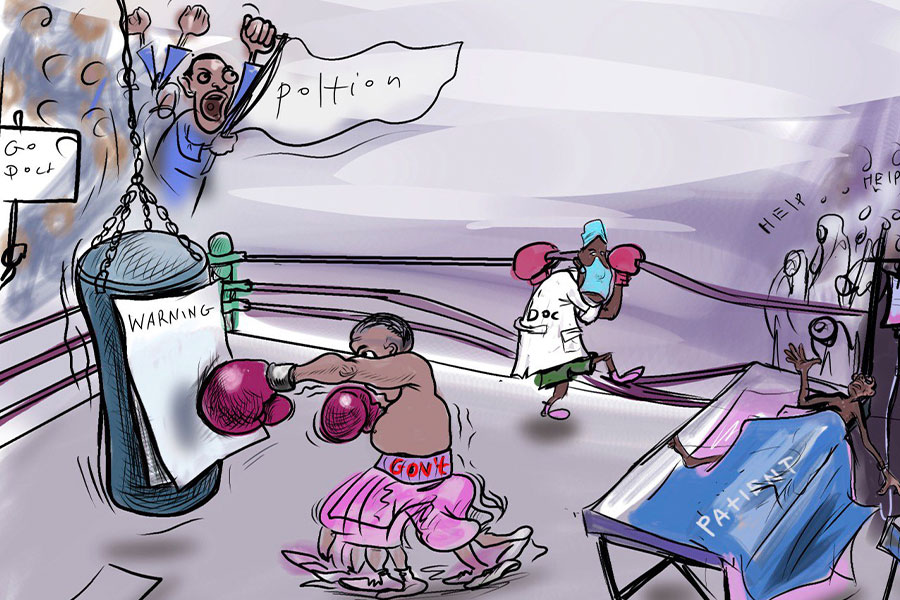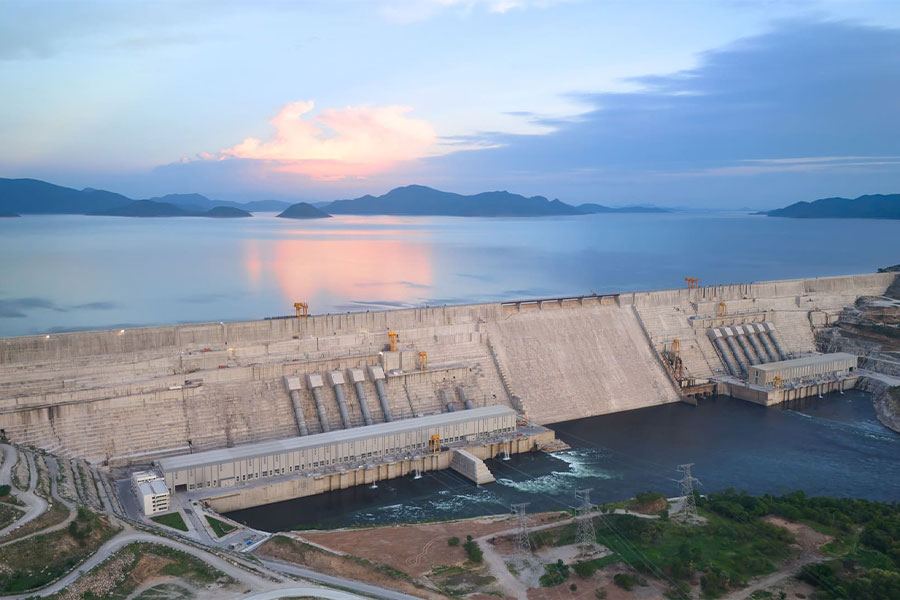
The New York Times’ March 20 article by Selam Gebrekidan, an award-winning journalist, raised the ire of many Ethiopians and even some foreign fliers of Ethiopian Airlines, who lashed out at Selam on social media outlets. The response was quick and savage from many quarters that belie the Ethiopian character when it comes to issues of national pride.
Ethiopian Airlines is indeed a national pride that has somewhat managed to survive the onslaught of nearly half a decade of misguided government policies that have managed to sink telecom, the postal service and the electric utility service.
Ethiopian Airlines has survived to be a multi-award-winning airline with a modern fleet, world-class service and facilities, profitable operation and remains a pioneer of aviation development in Africa.
Questioning the veracity of the sole crown jewel of the tattered Ethiopian business sector is tantamount to treason in some quarters. Defenders flooded social media with what would pass for the malignancy of the Ethiopian discourse – devoid of reason and facts but overburdened with emotion and tantrum.
Salem Gebrekidan was accused of treason, banditry, lack of knowledge, lying, of being paid by Boeing to defame the airline. Salem’s ancestors were evoked for having failed to teach her lessons in patriotism, as was the independence of Ethiopia. What this entire diatribe has to do with her article is anybody’s guess.
Ethiopian Airlines soon joined the fray by issuing a statement that expressed, “its disappointment on the ... wrong reporting of the [New York Times] titled “Ethiopian Airlines Had a Max 8 Simulator, but Pilot on Doomed Flight Didn’t Receive Training.”
Ethiopian Airlines soon joined the fray by issuing a statement that expressed, “its disappointment on the ... wrong reporting of the [New York Times] titled “Ethiopian Airlines Had a Max 8 Simulator, but Pilot on Doomed Flight Didn’t Receive Training.”
The offending article was, in turn, defended quickly by the New York Timesthat stated, “Ethiopian Airlines tweeted a statement challenging what it described as ‘wrong reporting’ without specifying what was incorrect.”
While the accusations of treason, treachery and wrong reporting were flying around, the country’s newspapers and television stations towed the old familiar line and avoided any of the controversies regarding the doomed Flight 302, choosing to recycle news articles and graphics from the international media.
There were no mentions in the Ethiopian media of the level of insurance coverage that Ethiopian Airlines has taken for the crashed aircraft; nor how compensation will be dispensed for Ethiopian victims as compared to victims from Western countries; nor any mention if the airline will be represented by an international legal team against any claim, and which international law firms may represent Ethiopian victims of the disaster.
The Ethiopian media has set aside the idea of investigative and serious reporting, while the authorities seem to pay scant attention to a flourishing media that is filled with opinions and viewpoints.
There were no mentions in the Ethiopian media of the level of insurance coverage that Ethiopian Airlines has taken for the crashed aircraft.
Trying to refute a New York Times article by anyone, let alone by Ethiopian bloggers who are driven by emotion and misplaced patriotism, is a Herculean task. The newspaper is the gold standard of print, and now online, media; and if it stands behind its reporter, Selam, it is because it has already vetted the story before its publication.
The notion “my country, right or wrong,” is acceptable when supporting a football team but fails to stand up against a serious discourse.
There was an opportunity for the Ethiopian media to excel by investing time and resources in reporting on the entire episode of the airliner crash in Ejere - from its human side to the technical side. It was a missed opportunity, because the pilots, engineers, managers and officials of Ethiopian Airlines, as well as international investigators, were on the ground right here in the city to be interviewed and be used as sources.
Instead, official statements were regurgitated without being examined by the Ethiopian media, while much of the actual reporting and documentation was left to Reuters,New York Times and even the farflung Baltimore Sun.
In a vacuum where there is no apparent professional press; too few regional newspapers; and an established culture where opinions and points of view are presented as the main content of newspaper publications, TV and radio broadcasts - what else can be expected?
The hard questions are never asked by reporters, who often appear to be too intimidated by officials who themselves are unused to being examined. Government institutions consider their internal workings as proprietary and thus outside the purview of the public.
It is the function of the press to report on matters that affect the public interest. The press is the eyes and ears of the public and must report on what goes on behind the hallowed halls of government to the citizens. Meanwhile, the state has the responsibility to open the space for free media to flourish.
As to Ethiopian bloggers and social media aficionados, take heed of William Shakespeare, “forbear hurling things at [others].”
PUBLISHED ON
Mar 30,2019 [ VOL
19 , NO
987]


Editorial | May 24,2025

Viewpoints | Jul 02,2022

Covid-19 | Mar 21,2020

Viewpoints | Sep 20,2025

Fortune News | Jun 13,2025

Viewpoints | Sep 02,2023

Commentaries | Sep 27,2025

My Opinion | Dec 11,2020

Viewpoints | Oct 30,2021

Viewpoints | Jul 18,2020

Dec 22 , 2024 . By TIZITA SHEWAFERAW
Charged with transforming colossal state-owned enterprises into modern and competitiv...

Aug 18 , 2024 . By AKSAH ITALO
Although predictable Yonas Zerihun's job in the ride-hailing service is not immune to...

Jul 28 , 2024 . By TIZITA SHEWAFERAW
Unhabitual, perhaps too many, Samuel Gebreyohannes, 38, used to occasionally enjoy a couple of beers at breakfast. However, he recently swit...

Jul 13 , 2024 . By AKSAH ITALO
Investors who rely on tractors, trucks, and field vehicles for commuting, transporting commodities, and f...

Oct 25 , 2025
The regulatory machinery is on overdrive. In only two years, no fewer than 35 new pro...

Oct 18 , 2025
The political establishment, notably the ruling party and its top brass, has become p...

Oct 11 , 2025
Ladislas Farago, a roving Associated Press (AP) correspondent, arrived in Ethiopia in...

Oct 4 , 2025
Eyob Tekalegn (PhD) had been in the Governor's chair for only weeks when, on Septembe...